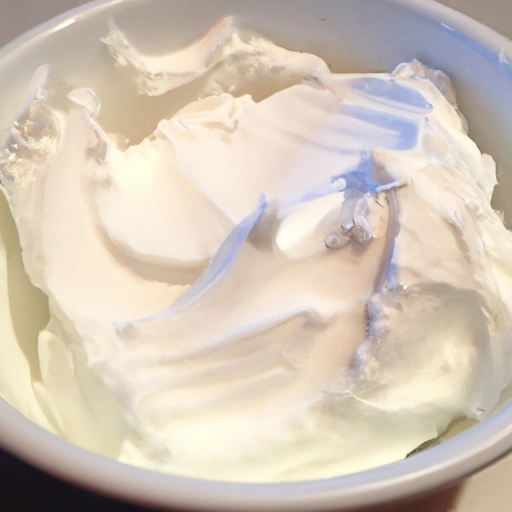Nondairy Topping
Description

Nondairy topping is a versatile, plant-based alternative to traditional whipped cream. It is designed for those who are lactose intolerant, allergic to dairy, or following a vegan diet. This topping is made from a variety of ingredients such as hydrogenated vegetable oils, sweeteners, thickeners, and emulsifiers to mimic the texture and taste of real whipped cream. It can be used in both sweet and savory dishes, providing a creamy mouthfeel without any dairy content.
Common uses
Nondairy toppings are widely used as a finishing touch on desserts like pies, sundaes, and cakes. They can also be incorporated into beverages such as hot chocolate or coffee to add a rich, creamy texture.
Nutritional value
Calories
Typically, a 2-tablespoon (about 9 grams) serving of nondairy topping contains approximately 25 to 30 calories (104 to 125 kJ).
Protein
Non-dairy toppings generally contain less than 1 gram of protein per serving.
Fat
The fat content in a similar serving size can range from 1.5 to 2 grams, mostly from hydrogenated vegetable oils.
Carbohydrates
Carbohydrates in nondairy topping are usually about 2 to 4 grams per serving, primarily from sugars used as sweeteners.
Vitamins
While nondairy toppings are not a significant source of vitamins, some brands may be fortified with Vitamin E to improve shelf-life and stability.
Minerals
These toppings typically do not provide notable amounts of minerals.
Health benefits
Nondairy toppings offer a dairy-free alternative for those with allergies or intolerances, and may be lower in cholesterol compared to their dairy counterparts.
Potential risks
Some nondairy toppings contain hydrogenated oils, which are a source of trans fats, known to increase the risk of heart disease. They may also have high levels of added sugars and additives. Moderation is key when incorporating them into a balanced diet.
Common recipes
Nondairy topping is often used in vegan and lactose-free desserts such as mousses, cheesecakes, and fruit salads.
Cooking methods
It can be whipped to a desired consistency and used as is or frozen for later use. It is not suitable for baking as it may not hold up to high temperatures.
Pairing with other ingredients
This topping pairs well with fruits, coffee, hot cocoa, and a wide range of sweet pastries and desserts.
Summary
In conclusion, nondairy topping is a convenient and accessible alternative to whipped cream for those on specific diets or with dietary restrictions. Its ease of use and storage make it a popular choice for both home cooks and professional chefs around the world. Although it offers certain dietary benefits, it is important to consider the potential risks associated with its ingredients and consume it in moderation as part of a balanced diet.